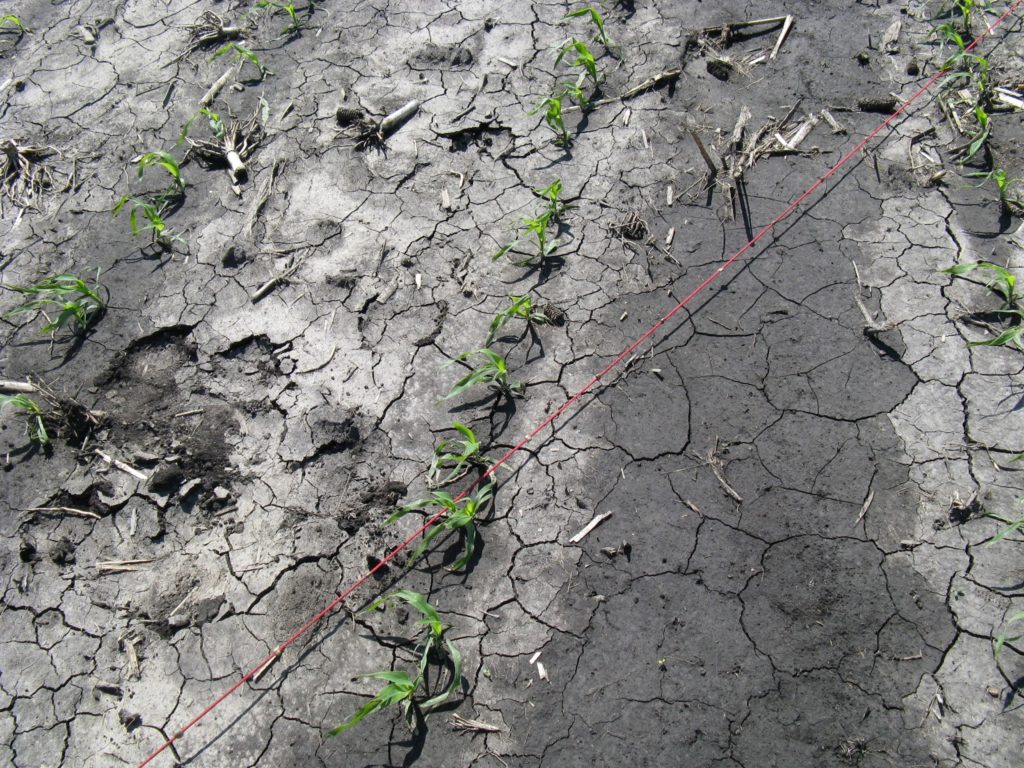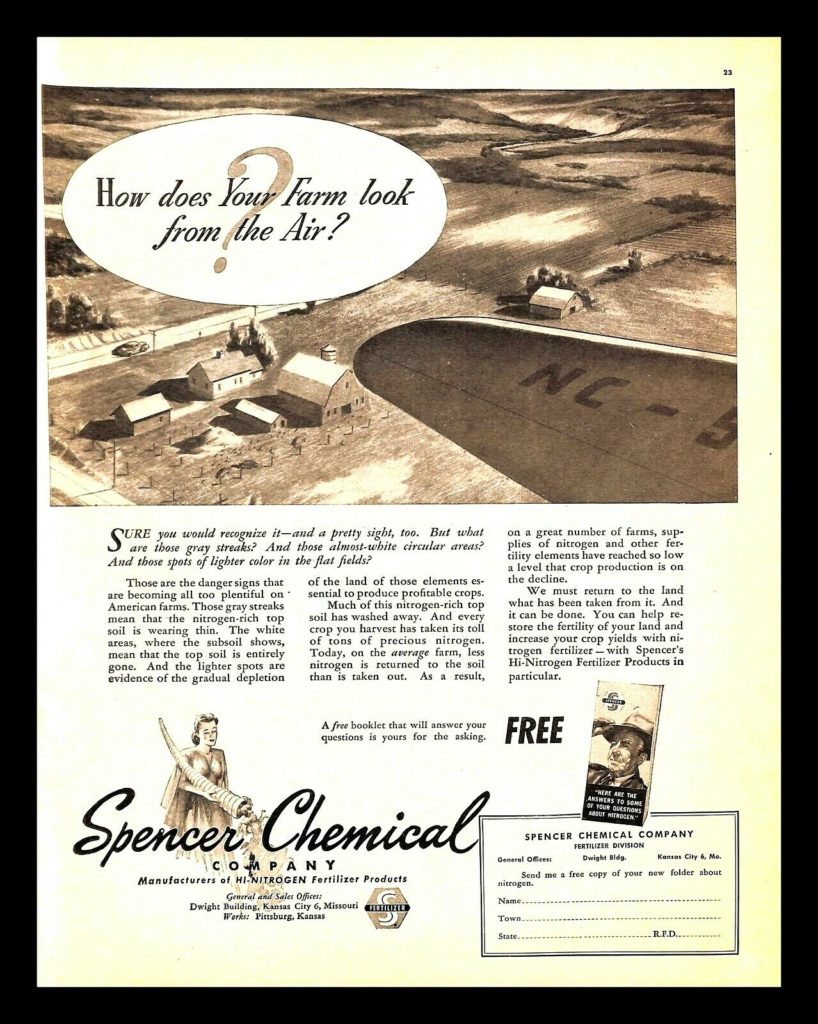Regenerative agriculture is a holistic approach to farming and grazing that emphasizes soil health. A handful of dark, moist soil might not look like much, but it’s what the U.S. Department of Agriculture (USDA) calls “a living and life-giving natural resource”. In fact, healthy soil is teeming with microorganisms that can’t be seen with the naked eye but that form the foundation of our food system.
In addition to sustaining plant and animal life, microorganism-rich soil cycles nutrients, regulates water flow, and filters potential pollutants. Healthy soil also provides physical stability and structure for plant roots, including the roots of grasses upon which cattle graze. By increasing their soil’s organic matter and improving microbial activity, farmers and gardeners alike can practice regenerative agriculture.
Yet, this approach to crop production hasn’t always been the case. Years ago, most farmers believed that chemical fertilizers were indispensable. They understood that plants need nitrogen, and that plants naturally deplete the soil’s nitrogen levels. Instead of adding organic material back into the soil, however, they applied high-nitrogen fertilizers like the one from this 1947 vintage ad.
Chemical fertilizers can increase crop production, but their overuse hardens the soil and decreases its fertility. Soil that’s compacted doesn’t foster the growth of plant roots upon which microbes depend. Once these microorganisms are gone, earthworms that aerate the soil and shred organic matter disappear. Soil structure deteriorates, water retention suffers, and pests and pathogens can spread.

Yet, most plants (except for beans) need nitrogen – and they don’t care about the source. Whether it’s fish emulsion, chicken manure, Miracle Grow®, or a chemical fertilizer like the one from that 1947 advertisement, your plants need to feed in order to grow. That includes not just nitrogen, but also phosphate and potassium in the proper amounts and ratios depending on the plant’s growth cycle.
In our next article, we’ll talk more about the care and feeding of plants, beginning with how to plant seeds properly.

